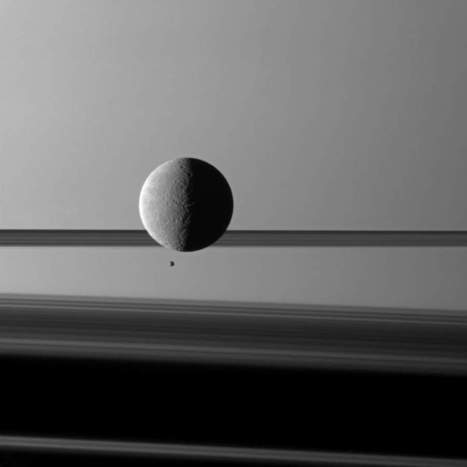An article in the December issue of the journal Optica demonstrated that nanosatellites the size of milk cartons arranged in a spherical (annular) configuration were able to capture images that match the resolution of the full-frame, lens-based or concave mirror systems used on today’s telescopes.
BGU Ph.D. candidate Angika Bulbul, working under the supervision of Prof. Joseph Rosen of BGU’s Department of Electrical and Computer Engineering, explains the groundbreaking nature of this study, saying it proves that by using a partial aperture, even a high-resolution image can be generated. This reduces the cost of traditionally large telescopic lenses.
“We found that you don’t need the entire telescope lens to obtain the right images. Even by using a partial aperture area of a lens, as low as 0.43 percent, we managed to obtain a similar image resolution to the full aperture area of a mirror or lens-based imaging system,” says Bulbul. “The huge cost, time and material needed for gigantic traditional optical space telescopes with large curved mirrors can be slashed.”



 Your new post is loading...
Your new post is loading...









Nanosatellites the size of milk cartons arranged in a spherical (annular) configuration could capture images that match the resolution of the full-frame, lens-based or concave mirror systems used on today’s telescopes.
This is SMART (synthetic marginal aperture with revolving telescopes).